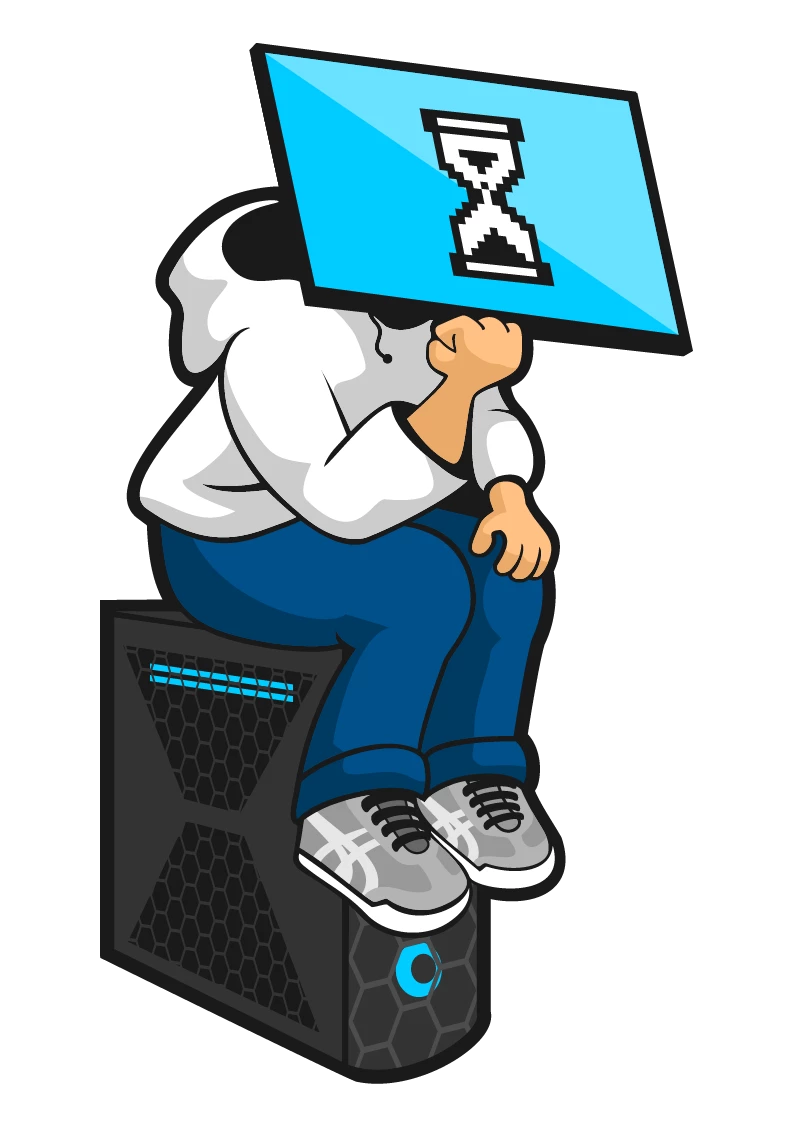In the USA, retail is a highly competitive industry and has become increasingly so over the past decade. During that time, the barrier to entry has reduced considerably.
It is no longer necessary for entrepreneurs to pull together enough cash to lease a store to sell their wares. They can get started online, which means they can set up and run a rudimentary store for around $130 a year (sometimes less).
The level of competition has pushed many physical stores to the brink and beyond. Even before the Covid pandemic, the industry was suffering. For example, 2018 saw big brands like Claire´s Accessories, Bon-Ton Stores, Toys R Us, and Sears close their doors for good.
But it is not all doom and gloom. The fact that there are fewer players in the retail space means that those firms who are managing to stay profitable are getting a bigger slice of the market. When they maximize their sales to each customer and work more efficiently, their profits soar. That is exactly what the most successful retailers are doing by leaning on tech. Here are some examples of how both online and physical retailers have tapped into the power of innovative technology.
Using technology to create leaner supply chains
Getting the goods to the store or warehouse so they can be sold to the customer typically represents between 40 and 50% of a retailer’s costs. So, it is no surprise that this is where most of them have focused when it comes to reducing their overheads.
All kinds of retailers have installed pick to belt systems that allow warehouse pickers to stand in one place to pick the orders for the stores or customers. The picker places a bar-coded label on each item and places it on the belt. That item goes down the belt and using the code the system directs it to the correct assembly point for each store or postal area. Once there another picker puts it into roll pallets or bags for onward transit. The fact that pickers no longer need to walk miles to pick an order saves a huge amount of labor. There are also savings to be made from the fact that the barcode makes each item and all the information about it trackable and easily accessible.
Over the past decade, retailers like Amazon have taken this to the next level. By using robots to bring the goods to the pickers. This approach is far more flexible and future-proof than the pick to belt model. This video explains exactly how Amazon receives, picks, and dispatches orders.
Understanding customer better
Those retailers that understand their customers the best are the ones that have higher profit margins. They can use that understanding to give their customers what they want when they want it. But that data can also be used to help the retailer to work more efficiently.
We have all seen digital signage in retail stores. Over the past decade or so, its use has become widespread. Most of us just assume that it is being used as a marketing tool, to tempt us to buy more once we are in store, which it is. But digital screens can be used for far more than that. Retailers are setting up digital sandwich boards outside their stores and using them to attract customers into their stores in the first place. They are also using the software that is built into those screens to work out which promotions are working, and which are not. The system can be set up so that it automatically records when each ad is shown. Using sales data, which can be synchronized with the digital screen system´s database it is possible to establish which ads worked and which did not have an impact.
Streamlining tasks using software and sensor tech
Retailers are finding it increasingly difficult to hire enough staff. This is the case at all levels of the business.
As a result, they are increasingly using technology to bridge the gap. On the shop floor stock robots regularly tour the aisle looking for items that are running low. Sensors at the entranceway and tills monitor how many people are in the store. Both systems can feed data back to supervisors in real-time. Enabling them to deploy their limited staff resources to the area of the store where they are needed the most.
The above examples are just the tip of the iceberg. As the retail landscape becomes even more complex and challenging, we can expect to see the rate at which retailers adopt tech accelerate rather than slow down.


